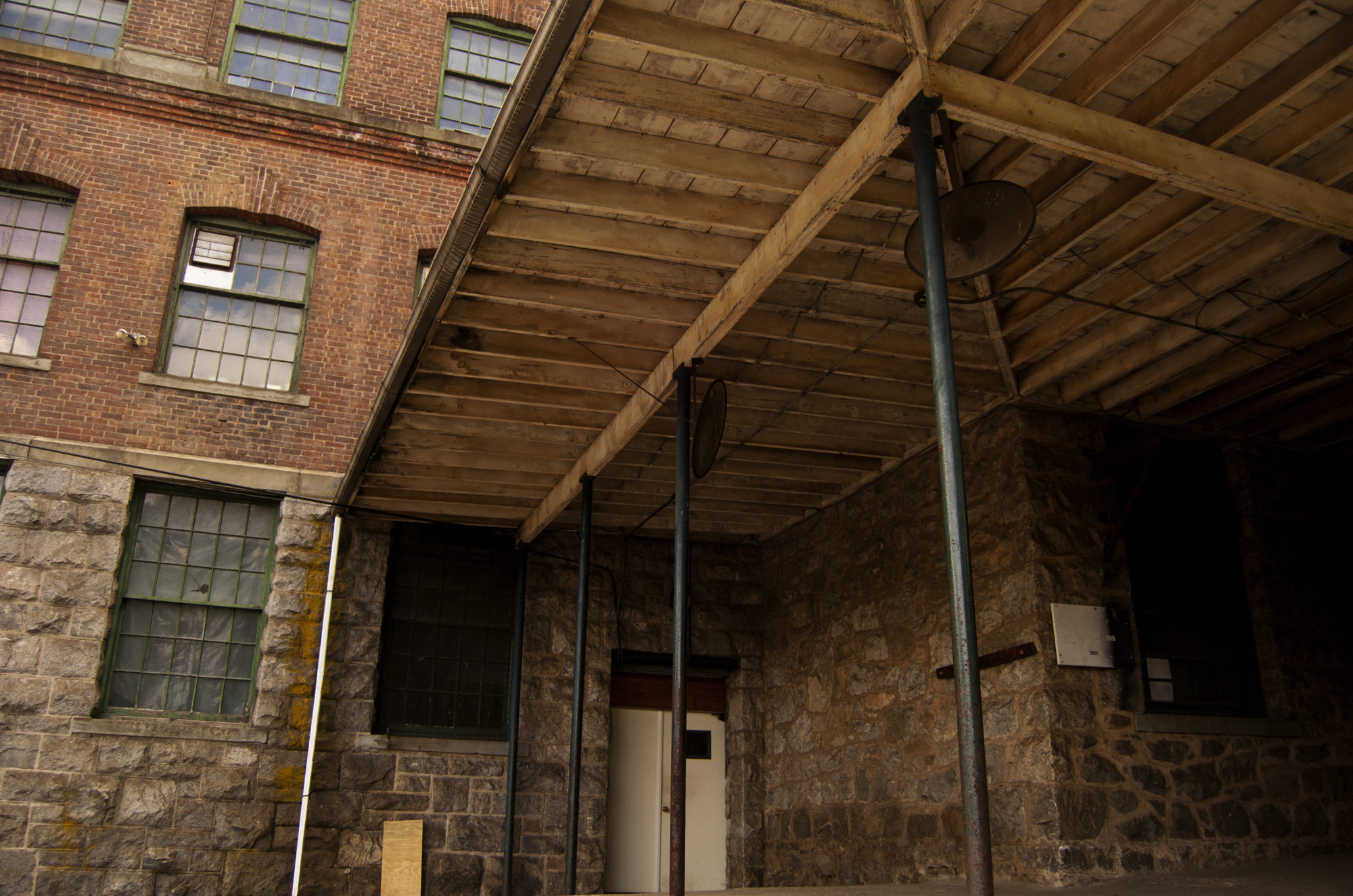I remember sitting in an agile workshop hearing a non-practitioner say that agile just doesn’t work and that you have to do traditional project management. Sure. If you’re building a bridge. But if not, you’re just slowing things down. Or doing agile wrong.
Listen, a truly agile company looks different. Teams are doing the work. They are pivoting around the customer. They are driven by the overarching business strategy. They are funded by the value they offer to the company.
Here I am not only using standard SAFE terminology around value streams.
There is not a company today that doesn’t pay for phones. It is assumed that companies will have phones. They also assume they need people to support those phones. To manage the phone life cycle. Same thing with computers. Keyboards. Monitors. These things are assumed values because they are the cost of doing business. Sure those things are often capitalized and depreciated but that’s just because those are physical assets.
With agility and the modern marketplace, strategy is the driver and agility is a mindset that allows the flexibility to realize the strategy. Just like with computers and phones, certain things needs to be in place to bring the strategy into reality and in the modern world that means virtual assets should be funded—even if we haven’t figured out how to capitalize and depreciate them. No modern strategy should exclude a website, for example. Or customer-centricity. Or the customer’s job to be done.
Of course, if the business strategy no longer sees websites or apps (or phones or computers) as important to the business, then they stop funding those areas. It is why companies no longer fund a horse and buggy.
Now, by funding a virtual asset, I don’t only mean money.
I mean resource staffing so that small teams have the right people. I mean empowerment so that small teams can make the decisions. I mean investment in the equipment and tools to allow the team to work. I mean unblocking upstream or downstream damming that get in the way from happening—even if that damming looks like middle-management. I mean building up the team confidence cache by reflecting good (versus bad) behavior. All of that is the funding that makes agile work beyond a buzz word.
If you want agile to work throughout the organization you must do more than use the term in a PowerPoint. You need to fund the virtual assets that drive the business strategy with the tangible means to bring that strategy into reality in any hundred different ways.







